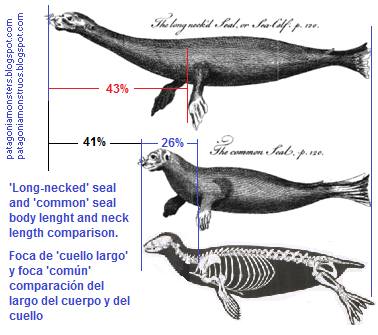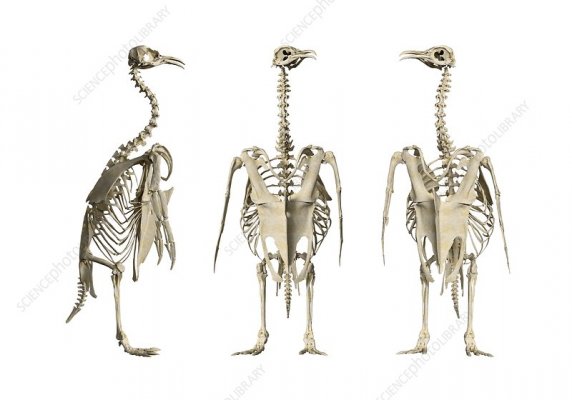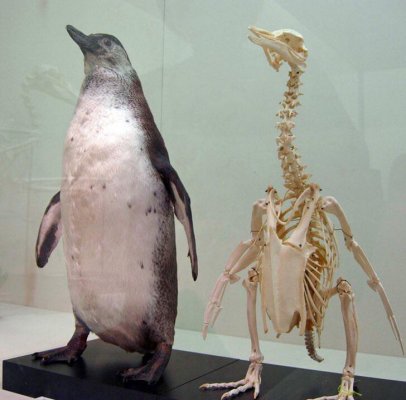Tunn11
Justified & Ancient
- Joined
- Nov 23, 2005
- Messages
- 2,238
- Location
- Under the highest tree top in Kent
Perhaps there’s a new thread to be had here? I was thinking “lost bodyforms” but it sounds like a 1960s corset ad so I’m sure there’s a better term.To some extent, I think we can hypothesise that pinnipeds probably live a similar lifestyle, allowing for the difficulties of knowing for sure what a long extinct organism's lifestyle was like. Personally, I've long thought the long neck of some plesiosaurs hint at something we've yet to figure out. When I was young, they were portrayed darting at fish with their heads on flexible necks. Now it seems those necks were less flexible than supposed, in which case I don't see the need for them. Indeed, the necks of many were much shorter than those commonly imagined.
Like you said; if the long necks were a hunting advantage, why haven't pinnipeds got them, and because pinnipeds haven't, what were those plesiosaurs doing that pinnipeds are not?
There may be excellent answers to these questions, and I'm writing this having made no attempt to find those answers, so perhaps I'll delve into it tomorrow.
EDIT: A quick dive into why some plesiosaurs had long necks has only shown how difficult this issue is. So I'm going to have a Friday night drink instead.
I've seen various theories for different long necks feeding strategies and IIRC the Leopard Seal has a fairly long neck but looks nothing like the reconstructions of the longer necked marine reptiles but with the exception of the IIRC Elasmosaurs it seems they weren’t very flexible and nothing like the traditional Nessie/ Sea serpent neck out of water depiction.
For other forms the Mammals never seem to have developed the therapod bipedal carnivore form though arguably the therapod descendants the birds did with the “terror birds” the Phorusrhacids of the Cenozoic of South America.
The Sauropoda don’t have a direct equivalent the Titanotheres got big, but not as big and giraffes etc. Have the long neck but that long neck, long tail form seems to have gone with the dinosaurs.
I’m sure there are others and it probably had to do with their environment or which form adapted first to whichever ecological niche opened up. Some niches must have remained “occupied” so nothing else intruded so no Mammal crocodiles.
I dunno – Worth a discussion?






